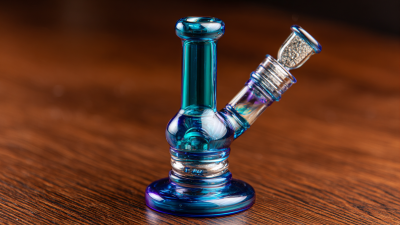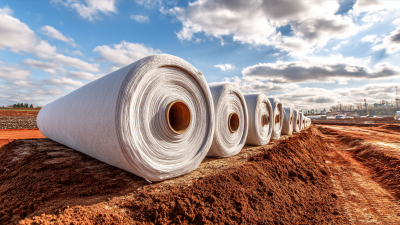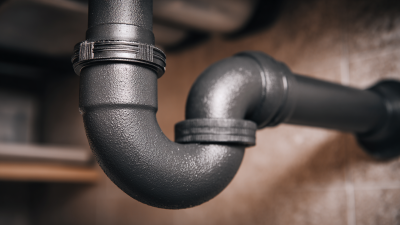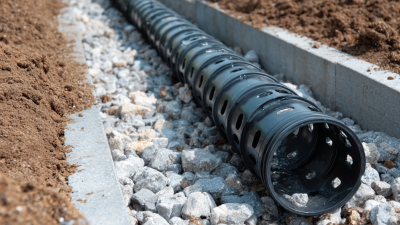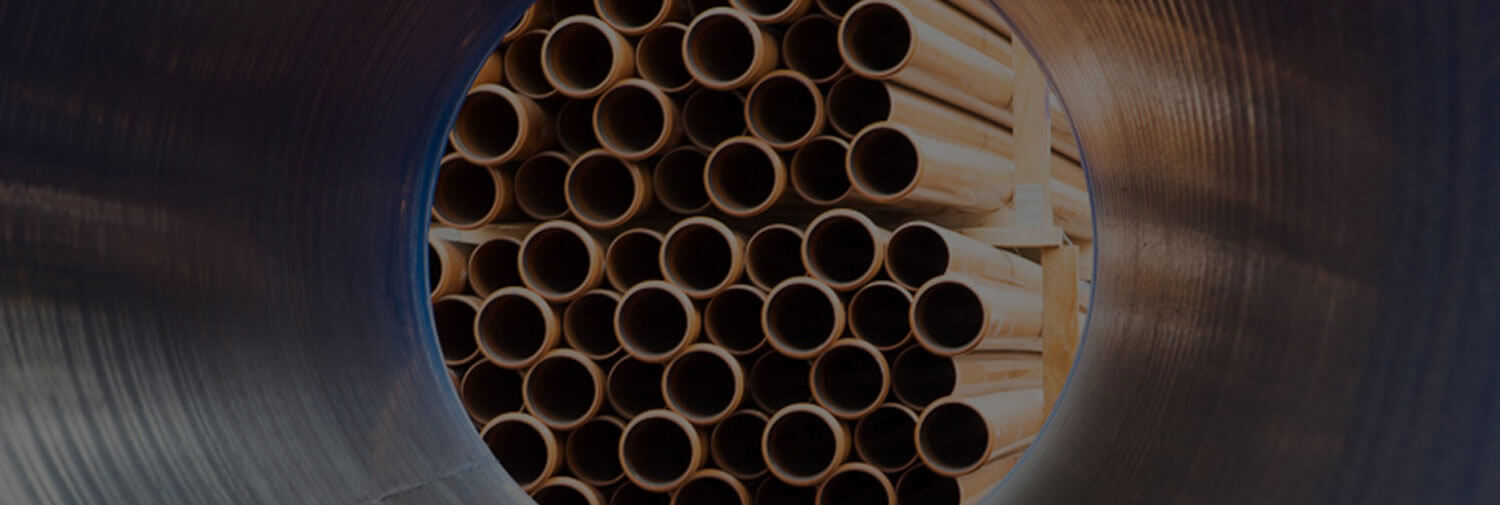

When it comes to plumbing, selecting the right components is crucial for ensuring a reliable water supply and minimizing leaks. Among these components, water pipe fittings play an essential role in connecting, redirecting, and regulating the flow of water within your plumbing system. With various types, materials, and sizes available in the market, making an informed choice can be overwhelming. This guide aims to simplify your decision-making process by providing an overview of the top water pipe fittings available in 2025, ensuring that you choose parts that best suit your specific plumbing needs.

Understanding the different types of water pipe fittings is vital for both homeowners and professionals alike. With advancements in technology and materials, the options have expanded significantly, offering improved durability and efficiency. Whether you're involved in a DIY renovation project or a professional plumbing installation, this comprehensive guide will highlight the best fittings based on performance, longevity, and compatibility. By the end of this article, you'll have the knowledge necessary to select the ideal water pipe fittings that align with your requirements, ensuring a successful and hassle-free plumbing experience.
When selecting water pipe fittings, several key factors must be taken into account to ensure optimal functionality and longevity. First and foremost, compatibility with existing pipes is crucial. Understanding the material of your pipes—whether they are PVC, copper, or galvanized steel—will dictate the type of fittings you can use. Mismatched materials can lead to leaks, corrosion, and ultimately, costly repairs. It's important to ensure that the fittings are designed to work seamlessly with your specific piping system.
Another critical factor is the size of the fittings. Accurate measurements are essential, as using the wrong size can result in improper sealing and significant water loss. Additionally, consider the pressure rating and the environment in which the fittings will be used. Some fittings are rated for higher pressures, which is vital for applications involving pressurized water systems. Similarly, if the fittings will be exposed to extreme temperatures or chemicals, choosing materials that can withstand such conditions is necessary to prevent failure and extend the lifespan of your plumbing system.
When it comes to ensuring optimal plumbing performance, selecting the right types of water pipe fittings is crucial. According to a report by the Plumbing-Heating-Cooling Contractors Association (PHCC), improper fittings can lead to leaks that account for over 14,000 gallons of water wasted per household annually. This staggering figure highlights the importance of quality fittings in maintaining a reliable plumbing system.
There are several essential types of water pipe fittings that every homeowner and plumber should consider. Elbows, tees, and couplings are foundational components that facilitate the necessary connections between pipes. For instance, a 90-degree elbow fitting is commonly used to change the direction of pipe runs, proving essential in navigating the complexities of plumbing layouts. The International Association of Plumbing and Mechanical Officials (IAPMO) emphasizes that using the appropriate materials—such as PVC, copper, or PEX—also impacts the longevity and effectiveness of plumbing installations. Each material has its specific applications, with PVC being ideal for drainage and PEX for flexibility in installation.
In conclusion, ensuring that you choose the right types of water pipe fittings not only enhances the overall performance of your plumbing system but also contributes to long-term efficiency and sustainability. Investing in quality fittings can prevent costly repairs and conserve water, ultimately supporting both economic and environmental goals.
| Fitting Type | Material | Size (inches) | Pressure Rating (PSI) | Common Usage |
|---|---|---|---|---|
| Elbow | PVC | 1 | 200 | Directional change |
| Tee | Copper | 3/4 | 150 | Branch line |
| Union | Brass | 1/2 | 300 | Flexible connection |
| Reducer | PVC | 2 to 1 | 200 | Size change |
| Cap | PVC | 2 | 200 | End closure |
| Ball Valve | Brass | 3/4 | 600 | Flow control |
| Adapter | PVC | 1 | 200 | Connection type |
| Nipple | Steel | 1 | 500 | Extension |
| Check Valve | Bronze | 3/4 | 300 | Prevent backflow |
| Compression Fitting | Brass | 1/2 | 250 | Easy installation |
When selecting water pipe fittings, the material you choose significantly impacts your plumbing system's performance and longevity.
PVC, copper, and PEX each offer unique benefits that cater to different needs.
PVC is lightweight, easy to install, and resistant to corrosion, making it an excellent choice for drainage systems and irrigation.
However, it may not withstand high temperatures as well as the other materials.
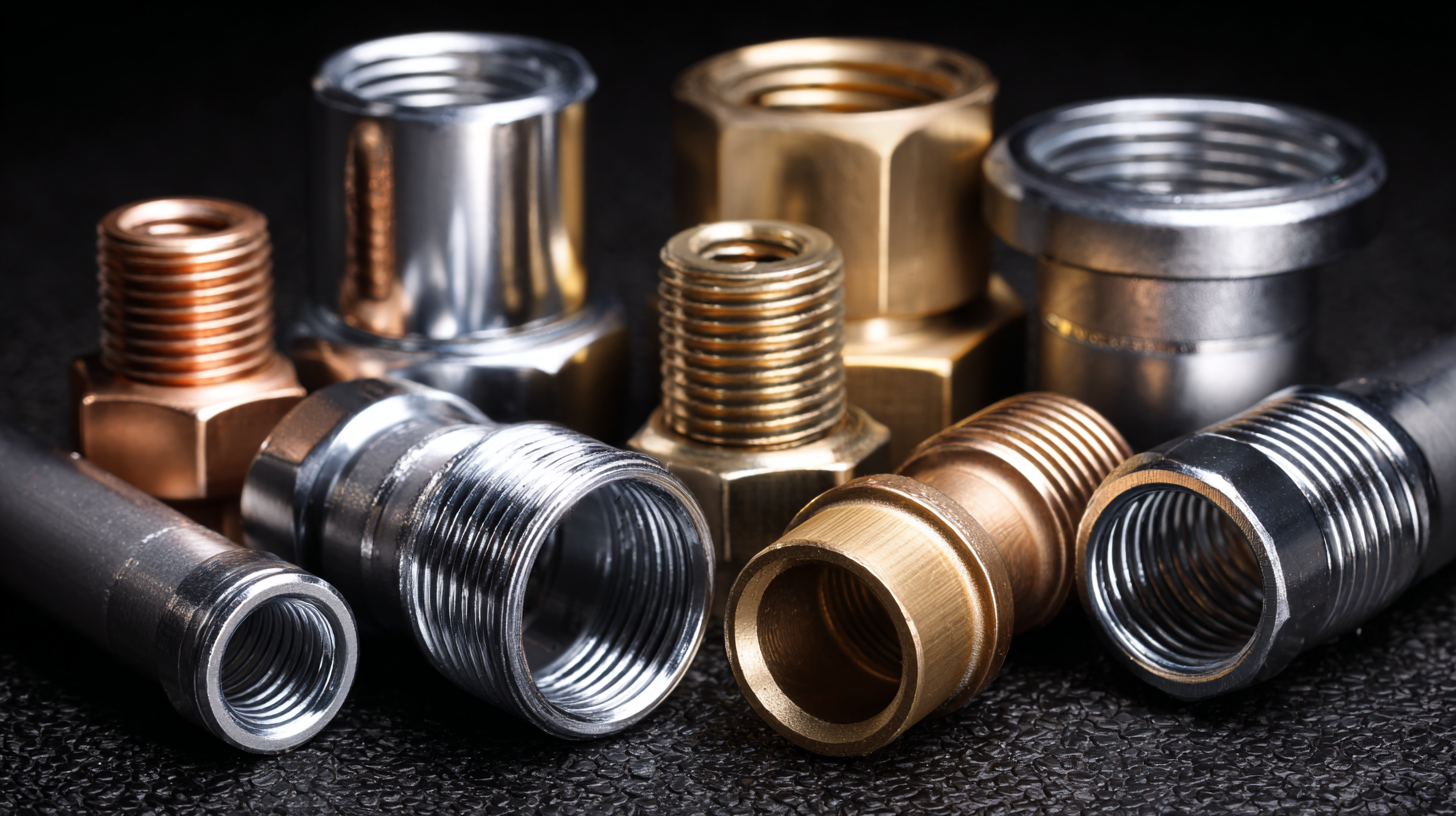 Copper is renowned for its durability and antimicrobial properties, proving ideal for water supply lines.
Its resistance to ultraviolet light also makes it suitable for outdoor installations.
However, copper fittings can be more expensive and require soldering skills for installation.
Conversely, PEX is flexible, easy to manipulate in tight spaces, and resistant to scale and chlorine, which makes it a popular choice for residential plumbing.
Copper is renowned for its durability and antimicrobial properties, proving ideal for water supply lines.
Its resistance to ultraviolet light also makes it suitable for outdoor installations.
However, copper fittings can be more expensive and require soldering skills for installation.
Conversely, PEX is flexible, easy to manipulate in tight spaces, and resistant to scale and chlorine, which makes it a popular choice for residential plumbing.
Tip: When choosing between these materials, consider your plumbing system’s specific requirements, including pressure ratings and temperature fluctuations.
Tip: Always check local building codes, as some jurisdictions may have restrictions on the types of materials that can be used in residential plumbing.
When it comes to maintaining your water pipe fittings, understanding the factors that affect their longevity is crucial. Regular upkeep not only ensures that your plumbing systems function efficiently but also helps prevent costly repairs down the line. For instance, checking for expired joints or signs of wear and tear on your pipes can help you address issues before they escalate. Keeping an eye on the condition of your fittings can ultimately save you from dealing with severe leaks, much like those reported in recent cases of chronic water infiltration in municipal infrastructures.
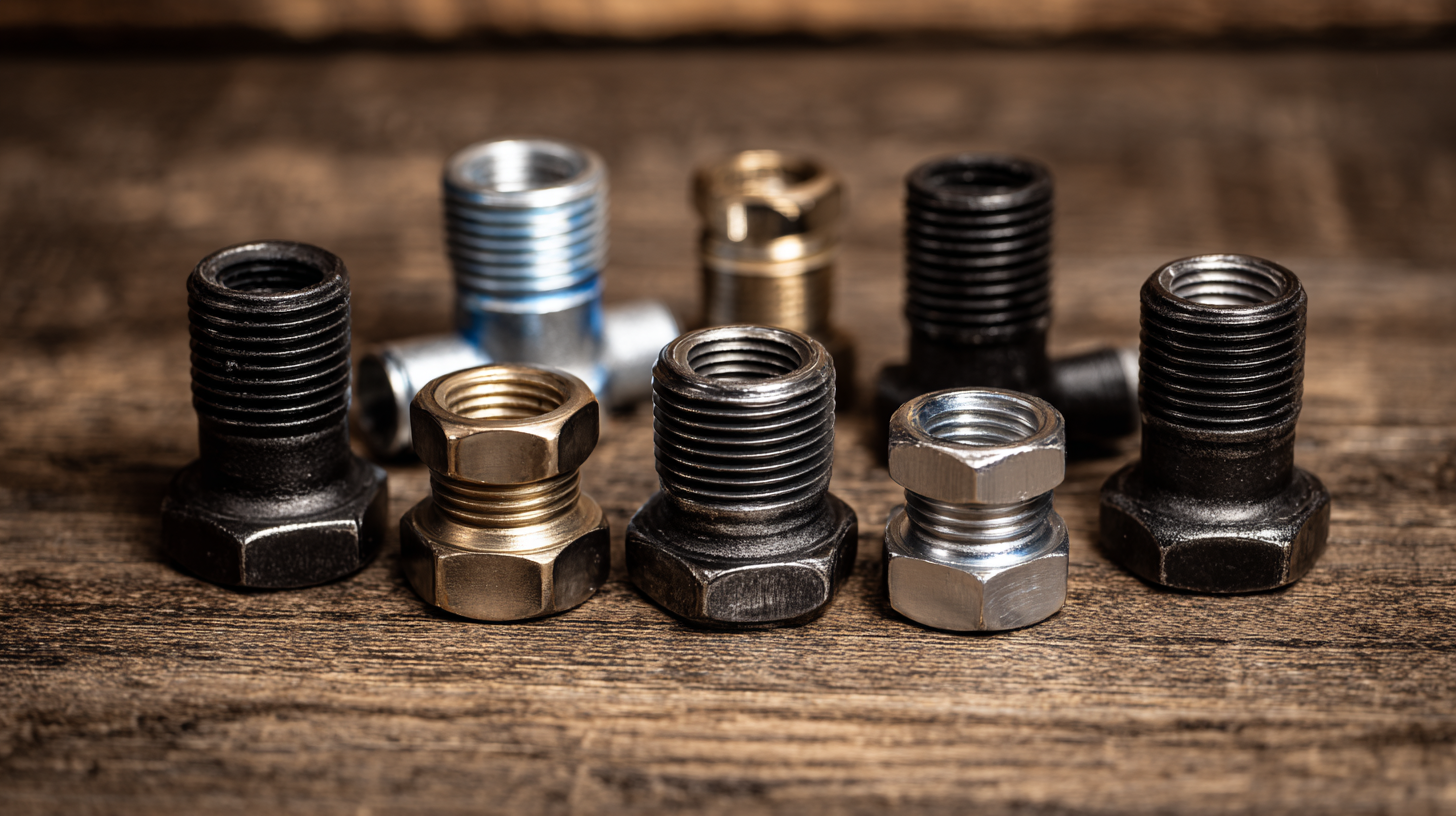
One essential tip for prolonging the lifespan of your water pipe fittings is to conduct routine inspections. Look for any visible cracks, corrosion, or loose connections. Additionally, ensure that the fittings are properly sealed to prevent water infiltration, especially in outdoor systems where seasonal changes can cause fluctuation in water pressure and temperature.
Another key maintenance practice involves regular cleaning and flushing of your plumbing system to eliminate any sediment build-up, which can lead to reduced water flow and potential damage. Ensure that you use tools and techniques that match the material of your pipes, whether they are made from PEX or copper, to avoid any accidental damage. By implementing these tips, you can ensure that your water pipe fittings remain in optimal condition for years to come.
As we approach 2025, the water pipe fittings industry is poised for significant innovations that will redefine plumbing efficiency and sustainability. According to a recent report by Global Industry Analysts, the global market for plumbing fixtures is projected to reach USD 116 billion by 2025, driven by advancements in material technology and smart plumbing solutions. Innovations such as cross-linked polyethylene (PEX) fittings and push-fit connections are gaining traction, offering faster installation times and reduced risk of leaks.
Furthermore, sustainability trends are influencing the development of water pipe fittings. The shift towards eco-friendly materials is prominent, with manufacturers increasingly adopting recycled plastics and metals. A study by MarketsandMarkets suggests that the demand for environmentally sustainable plumbing components will see an annual growth rate of 6.9% from 2023 to 2028. Features like smart sensors integrated into fittings are also emerging, allowing for real-time monitoring of water usage and leak detection. As we look to the future, these innovations will play a crucial role in enhancing water conservation efforts and improving overall system performance in residential and commercial plumbing.
